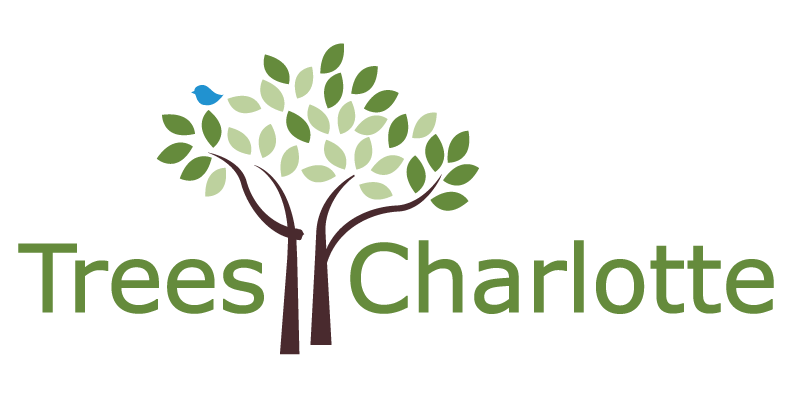Back to School with TreesCharlotte
Invasive Vine Resource Guide
7.08.24When to Plant your Tree
11.01.24Trees are known to be vital in urban areas for their environmental, economic, and social benefits. But did you know trees are necessary in school systems? Access to trees can make all the difference in children’s physical health, mental functioning, and development.

1. Trees promote physical activity
A study from 2020 revealed that trees encourage an active lifestyle, from public park settings to natural playgrounds (Wolf et. al., 2020).
2. Trees improve physical health
This same 2020 study found that trees also improve physical health directly by filtering air pollutants and lowering temperatures, (Wolf et. al., 2020). By reducing air pollution, respiratory issues are also reduced, with one study from 2010 stating that urban forests in the U.S. prevented 670,000 incidents of acute respiratory symptoms that year (Nowak et. al., 2010). As far as lowering temperatures goes, trees also reduce heat-related illnesses.

3. Trees can reduce attention deficit/hyperactivity disorder (ADHD) symptoms
A study in 2004 found green, outdoor settings to reduce ADHD symptoms across a wide range of individual, residential, and case characteristics, (Kuo & Taylor, 2004). Comparing the aftereffects of 49 common after-school and weekend activities, activities conducted in green, outdoor settings proved to be more beneficial on ADHD symptoms versus those conducted in indoor settings.
4. Trees can reduce stress
A behavioral study in 2003 examined whether vegetation and nature could act as a buffer of life stress among children, (Wells & Evans, 2003). The study found that children near nature are less impacted from life stress than those with little nature nearby.

5. Daily exposure to natural settings increases children’s ability to focus
According to a study in 2000, children in poor urban environments showed increased cognitive functioning after moving to a greener urban area, (Wells, 2000). The study looked at 17 low-income urban children, aged 7-12 years, both before and after moving to a new home. Children who moved to a greener home saw increased focus and cognitive function improved after their move.
6. Trees and natural outdoor settings support creativity
Learning in natural, outdoor environments supports children’s creativity and imagination, (Kiewra & Veselack, 2016). A study in 2016 concluded that the open-ended inspiration that nature provides enhances the freedom and opportunities for children’s creativity to flourish.
7. Trees and nature are associated with social-emotional development
A recent study found children’s connections to nature positively influences children’s self-awareness, self-management, and relationship skills, (Lanza, Alcazar, Chen, 2023). Children from high-vegetation schools and low-vegetation schools were asked to rank their connection to statements such as “I use ways to calm myself down” and “if angry with a classmate, we can talk and make it better.” Based on numerous answers, schools with more vegetation were shown to have increased social-emotional development than those with lower vegetation.
In short, schools need trees!
TreesCharlotte partners with Charlotte-Mecklenburg Schools. This year, we’re planting trees at five CMS schools and taking care of previous plantings at eleven more!
If you’re interested in doing a tree planting at your school, click here to fill out a CommunityWoods interest form!
